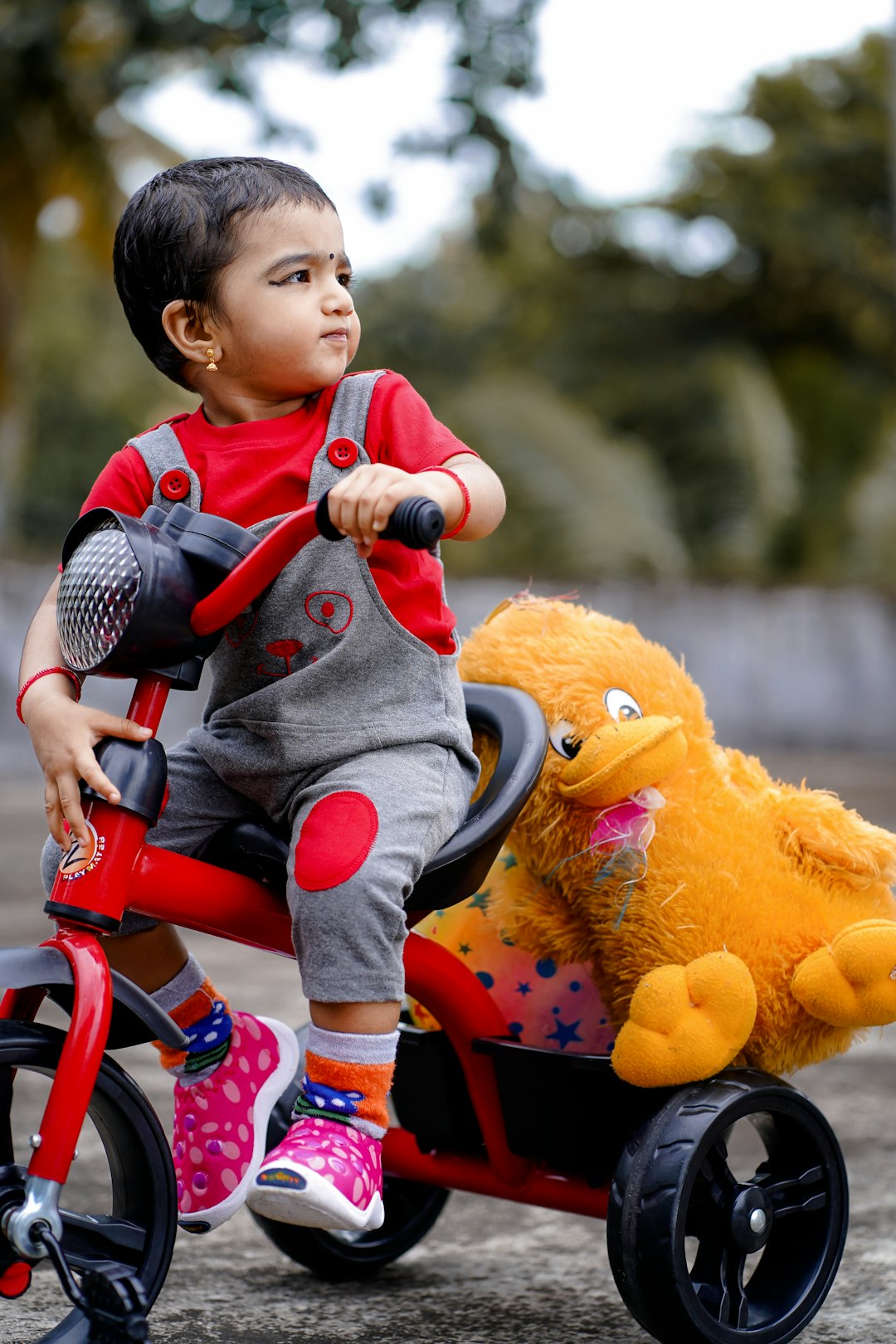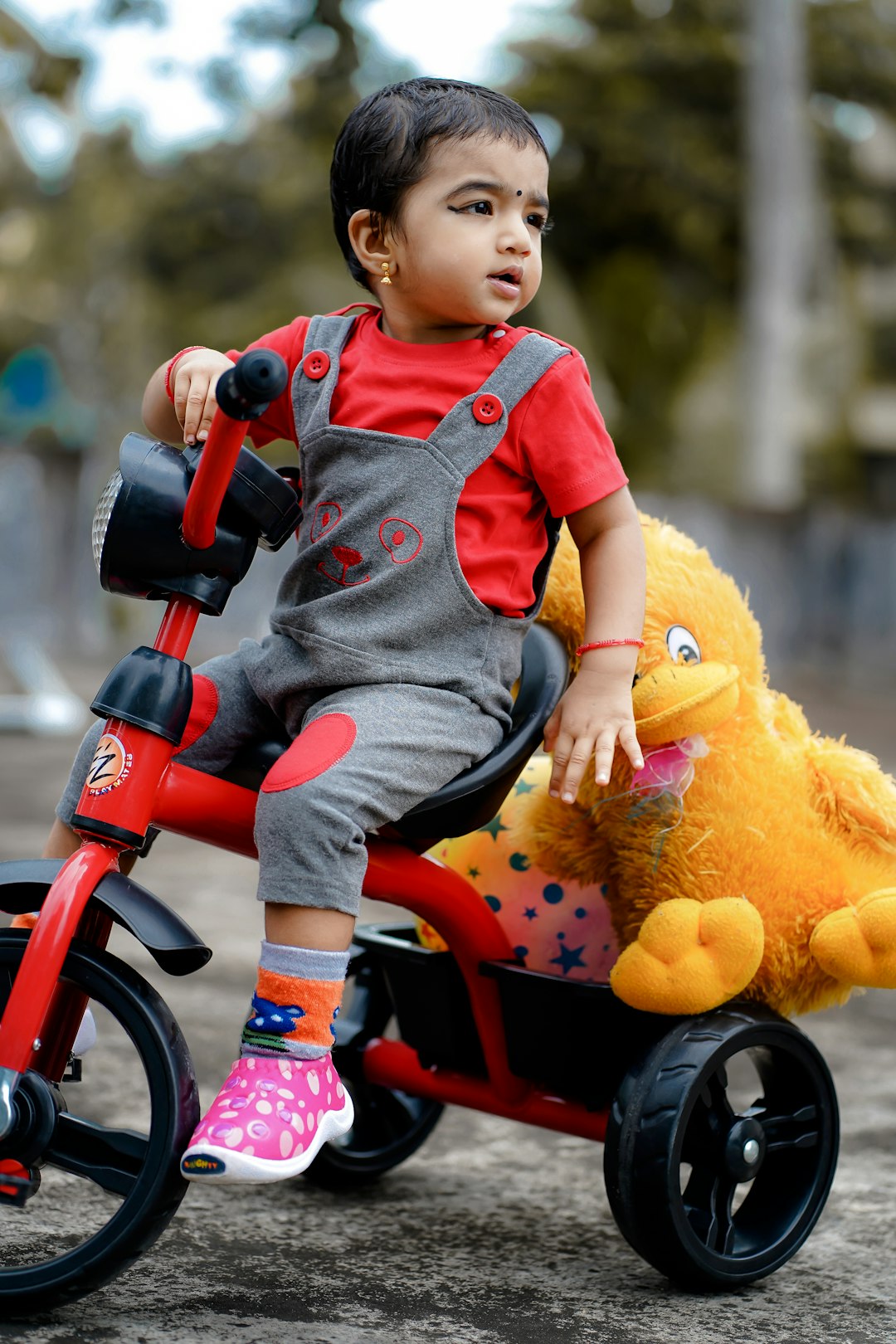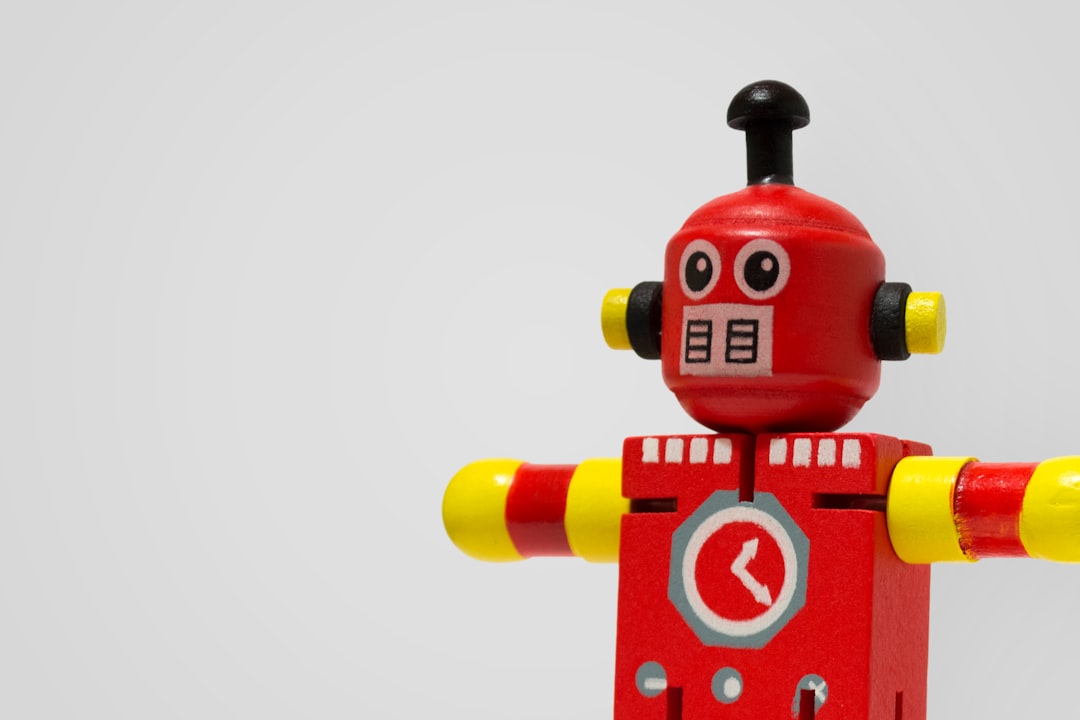Toddler tricycles have long been a staple of early childhood play, offering independence, physical development, and sheer excitement for young riders. Among the colorful and diverse options available throughout the decades, the Mean Green Machine stands out as a cultural touchstone—a unique and unforgettable ride-on toy that captured the imagination of children during the late 20th century. With bold design, enhanced maneuverability, and a flair for speed, it offered more than just fun; it provided an early taste of rebellion wrapped in plastic and steel. Now, with a new generation of toddlers ready to ride, the Mean Green Machine has been reimagined for contemporary use. But what has changed, and what remains from the original magic?
The Original Mean Green Machine: A Brief History
First introduced in the 1970s, the Mean Green Machine by Huffy was not your average trike. Unlike traditional upright designs, this machine featured a low-rider layout with large back wheels and an extended front wheel, driven by wide pedals. Its ground-hugging design allowed children to swerve, spin and race with astonishing ease. Meant for slightly older kids (typically 5-10 years old), it gave a sense of genuine excitement and speed rarely found in ride-on toys.
The branding around the Green Machine emphasized power, coolness, and freedom—a sort of child-sized chopper bike meant for suburban streets. It was flashy, functional, and unforgettable. And while it was beloved for its high-octane feel, safety concerns and evolving standards meant it eventually faded from prominence.
A Modern Revival for Toddlers
Recently, manufacturers and nostalgic parents have brought new life to the Mean Green Machine model by tailoring it specifically for toddlers. This reimagining isn’t just a simple downsizing of the original; it involves serious engineering considerations to ensure safety, durability, and physical appropriateness for younger users aged 2 to 4 years old.
Here are some of the key modifications in the toddler version of the Mean Green Machine:
- Ergonomic Adjustments: Lower seating with back support and safety harnesses to accommodate smaller bodies
- Pedal-Free Options: Some models include push-along functions or footrests for toddlers still developing coordination
- Material Enhancements: Softer edges, BPA-free plastics, and reinforced frames for better durability and low maintenance
- Color Variety: While green remains predominant, colors like pink, blue, and yellow are also available to appeal to individual preferences
- Safety Features: Wider bases, locking steering mechanisms, and parent-controlled braking systems

Why the Mean Green Machine Still Matters
For many parents, reintroducing the Mean Green Machine is an emotional nod to their own childhood. But beyond nostalgia, there are tangible benefits to choosing such tricycles for toddlers’ early developmental years. Here’s why this trike stands out in the crowd:
- Promotes Gross Motor Skills: Riding a tricycle helps develop coordination, strength, and balance—all fundamental movement patterns essential in toddler development.
- Encourages Outdoor Activity: With screen time becoming more prevalent, the Mean Green Machine provides an engaging incentive for outdoor play and physical exercise.
- Builds Independence: Riding solo offers a gentle nudge toward independence, giving toddlers the ability to explore their environment on their own terms.
- Improves Confidence: Mastering control over their vehicle gives young riders a huge boost in self-esteem and problem-solving.
While other toddler trikes prioritize safety or aesthetics alone, the Mean Green Machine stands as a well-rounded product that balances design, safety, and childhood thrill in a single package.
Considerations Before Purchasing
As with any toddler equipment, parents must weigh several factors before choosing the right tricycle. The Mean Green Machine may be a stylish and functional choice, but it’s not suitable for every child or every living space. Here are some considerations parents should keep in mind:
- Age and Physical Readiness: Even toddler-specific models require a baseline level of coordination and balance. Always check manufacturer age limits and specifications.
- Space Requirements: Due to its design and maneuvering capabilities, the trike performs best in open spaces like driveways, park paths, or indoor gym areas.
- Parental Supervision: Although modern features enhance safety, constant adult supervision is still essential—especially on public walkways.
- Budget: Premium designs like the Mean Green Machine can be more expensive than generic options. However, many parents find the investment worthwhile given the quality and play value.
Expert Opinions and Safety Ratings
Child development experts often emphasize the significance of vehicle-type toys like the Mean Green Machine in fostering early mobility and cognitive processing. According to pediatric occupational therapists, active toys that involve steering, pedaling, and body awareness are beneficial for both physical and emotional development. These bikes also serve as excellent tools to introduce concepts like direction, cause and effect, and safe boundaries.
Recent toddler versions of the Green Machine typically meet or exceed ASTM and CPSC safety standards. Still, it remains crucial to equip young riders with proper safety gear, such as helmets and snug shoes. Safety education should go hand-in-hand with the purchase.

Comparisons with Other Toddler Trikes
While there are plenty of tricycles on the market designed for toddlers, few match the Mean Green Machine in terms of flair and function. Here’s how it compares with other types of toddler ride-ons:
| Feature | Mean Green Machine | Standard Toddler Trike | Balance Bike |
|---|---|---|---|
| Low-Center Gravity Design | Yes | No | No |
| High Maneuverability | Yes | Moderate | High |
| Visual Appeal | Very High | Moderate | Low to Moderate |
| Parental Controls | Varies by model | Often Included | Rare |
Although balance bikes offer a more direct path to traditional bicycle riding, they may lack the engaging design and all-in-one developmental support that the Mean Green Machine provides. For many families, it’s the perfect intermediary step.
Final Thoughts: The Legacy Continues
The legacy of the Mean Green Machine has not only endured—it’s been thoughtfully adapted for the newest generation. While most toys fade quickly in and out of fashion, this icon from the ’70s has maintained a foothold in the world of children’s mobility toys, offering a blend of nostalgia, engineering, and style that’s tough to beat.
For parents seeking a durable, awe-inspiring tricycle that grows with their toddler’s skills and confidence, the updated Mean Green Machine is a thoughtful and exciting option. Blending fun with function, it’s more than a ride—it’s a rite of passage on three wheels.

